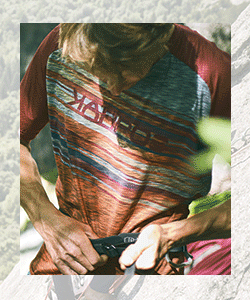Climbing Areas Around the World Slowly Begin to Reopen

As the COVID-19 curve flattens in certain regions, restrictions are loosening and climbing areas are opening once again, though it’s not a free-for-all.
Since the coronavirus was declared a global pandemic over six weeks ago, not only have restaurants, gyms, and other businesses around the world closed their doors. But outdoor climbing areas and destinations have also been barred from use.
If climbing has not been officially prohibited in certain areas—via park closures or other measures—it has certainly been taboo. However, now that the COVID-19 curve has been flattening in various countries and regions, governments are beginning to ease lockdown mandates and reopen public places, thereby making climbing areas accessible once again.
The Czech Republic eased restrictions
Last week, after seeing a drop in new COVID-19 cases, the Czech Republic eased restrictions, both allowing certain business to reopen and lifting a ban on non-essential travel. “Fortunately, the situation looks brighter and we are allowed to go outdoors in my own country.” Adam Ondra wrote on Instagram.

“It is time to test my power at some of the local testpieces. In January, Martin Stranik made the first ascent of Iceberg 8C [V15], so it was an obvious challenge to start after the end of the lockdown.” He sent the boulder problem on his fourth attempt after coming back.
Climbing areas reopening in Austria
Similarly, Austria has begun to gradually reopen after reducig the number of infections. Austrian climber Babsi Zangerl posted on her Instagram: “We are slowly getting back to this [climbing] in Austria! I hope for all my friends and climbers around the world, that the confinement will have a close end. Of course it won‘t be the end of Corona but a step forward back to the new ‘normal.’”
There are numerous reasons why outdoor rock climbing has been, and continues to be, discouraged in most places. A key component is so that climbers don’t travel from densely populated, highly infected regions to remote climbing destinations, introducing it to smaller local communities that lack robust medical facilities. Climbers can also spread the disease to one another while sharing ropes, climbing the same routes. Or just being in close proximity at crags.










